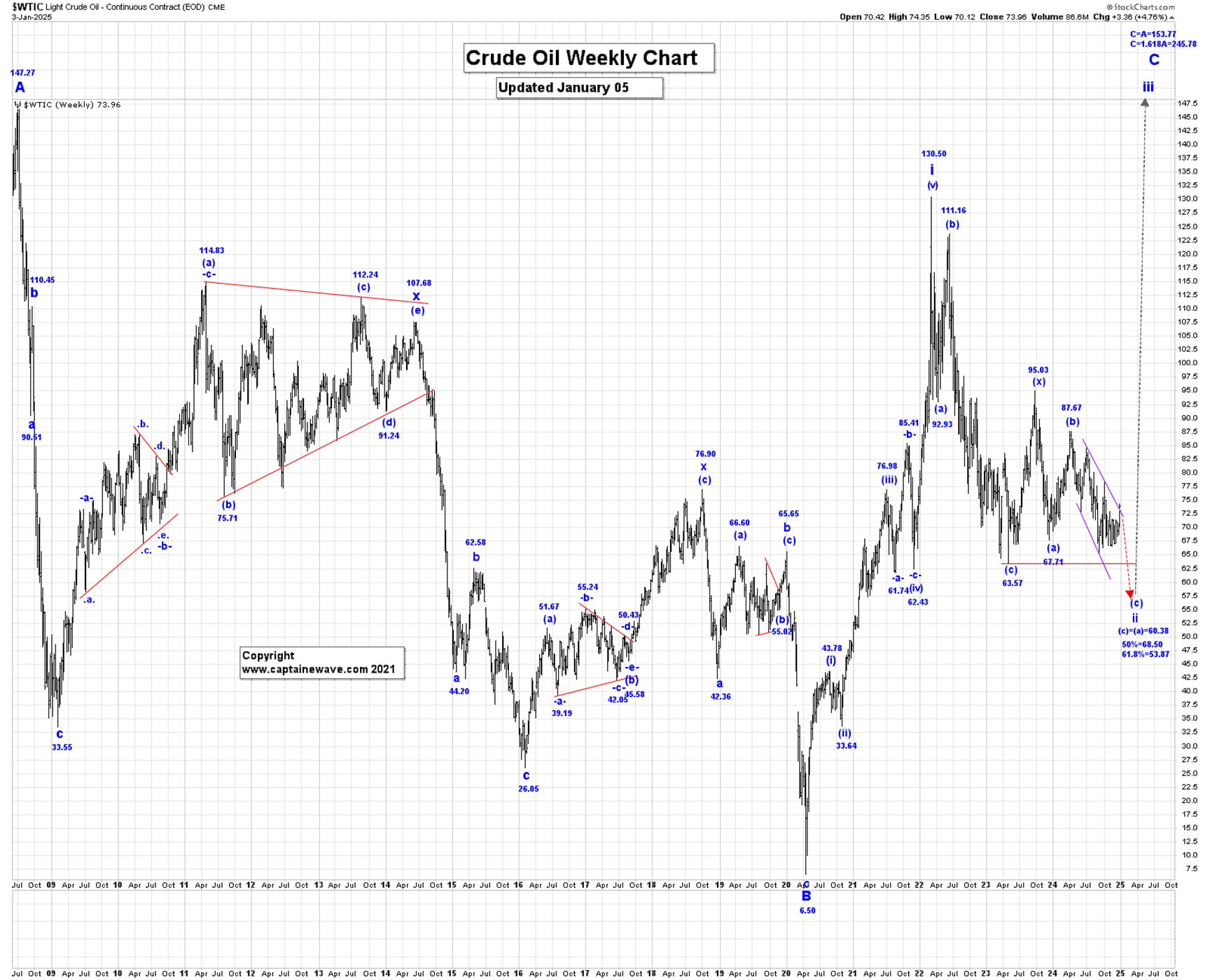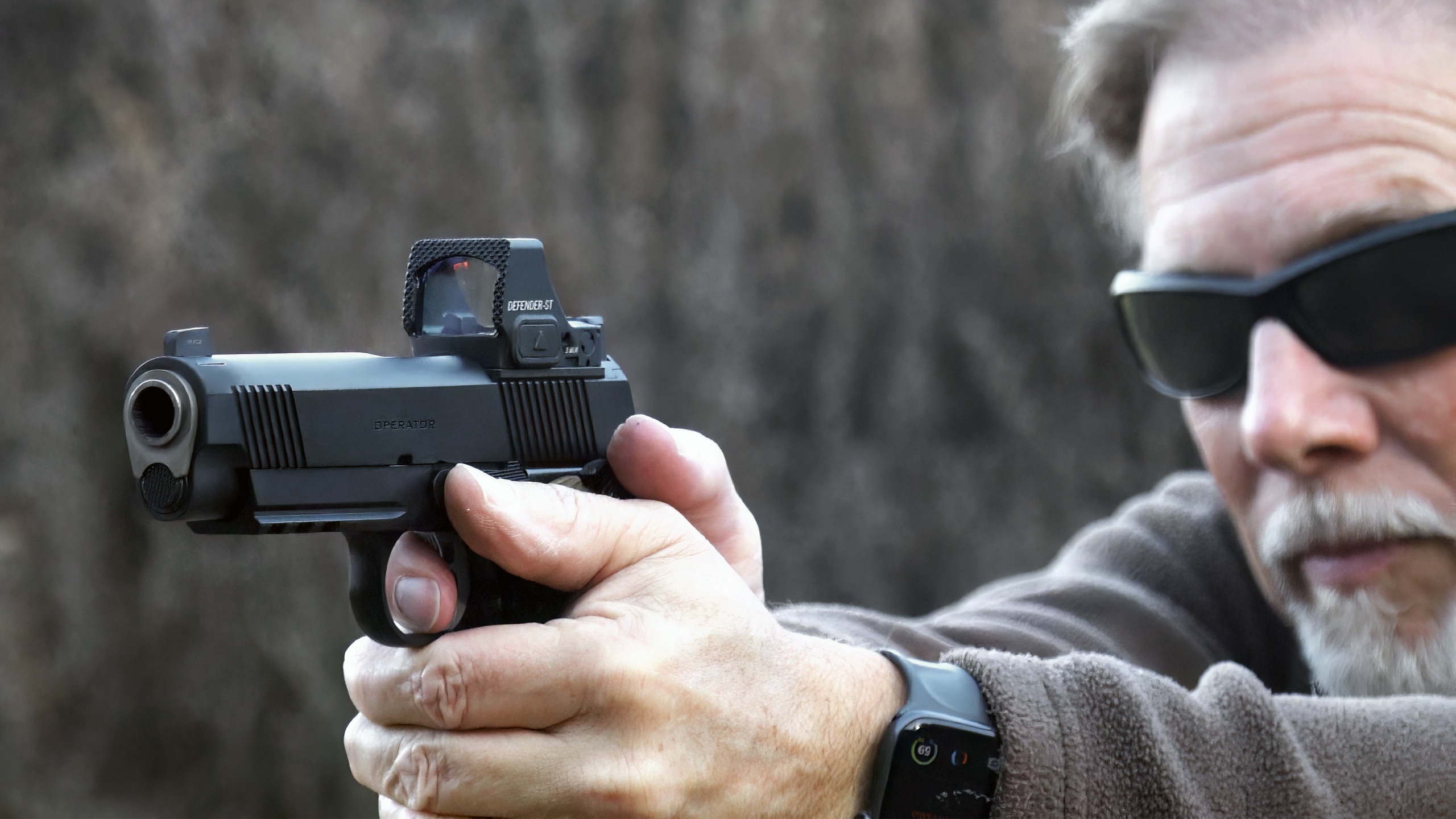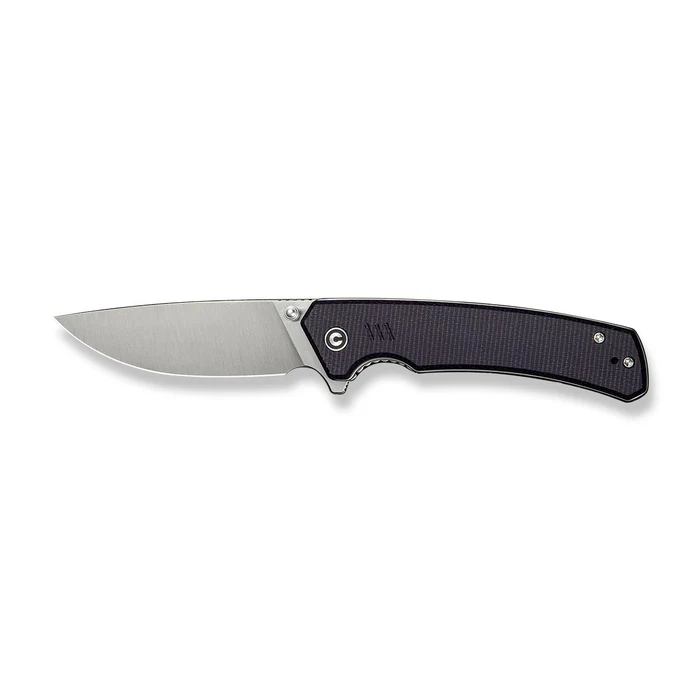Before concealed carry for became widespread, the only people in America who carried concealed on a regular basis were police detectives and undercover law enforcement officers. As a result, the holsters used for concealed carry tended to reflect the needs of those two groups. They were made of leather, because for decades, that was the primary material for holster-making. They were also positioned outside the waistband or inside the waistband just behind the hip on the same side of the body, what we would call OWB and IWB carry today.
Things started to change in the mid-1990’s. Concealed carry started to become more accepted, and the popularity of practical pistol competitions was driving new innovations in holster-making, such as Kydex holsters and “race holsters” which positioned the gun outside of the belt at roughly the appendix position. These new ideas flourished in the crucible of competition and soon found themselves in use by the armed citizen.
Plastic Fantastic?
Kydex holsters were the first to be adopted. The advantages of this polymer-based material over the more-traditional leather were self-evident. Unlike leather, Kydex is essentially maintenance-free. It’s also much easier to adjust the tension on a Kydex holster versus a leather holster, and unlike some leather holsters, the mouth of a Kydex holster won’t collapse when the pistol is drawn, making re-holstering much easier.
But there was still the matter of OWB versus IWB carry to settle, and that comes down to what garments are used to conceal a defensive pistol. For years, (if not decades), a suit jacket was the cover garment of choice. Things got more casual as more armed citizens started to carry, and shorter hem and tighter fit of a loose t-shirt made IWB carry a more logical choice for everyday carry.
By the mid-2000’s, then, the standard practices for concealed carry were set in stone. Armed citizens carried their pistols on their strong side hip, in either a IWB or an OWB holster, with Kydex being the most-popular choice, and leather still holding onto a good portion of the market share.
A Dark Star Gear Apollo IWB holster on the left, with a JM Custom Kydex AIWB holster on the right.
Then things started to change once more. A group of influential firearms trainers, chief among them a fellow named Todd Louis Green, noticed that the competitors in the top-levels of practical pistol all carried their guns outside the waistband towards the front of the body, somewhere in-between the center of their bodies and their strong side hip. Those competitors found they were faster on the draw with a gun in that position, so it stood to reason that would be the case for the armed citizen as well.
And thus, Appendix Inside the Waistband, or AIWB, carry was born. In reality, though, it’s nothing new. Take a gander through any collection of photos from the Old West, and you’ll see pistoleros with their six-guns tucked into their belts at that exact same position. Carrying a gun at this position means your hands have a shorter path to both your gun and your cover garment, making you quicker on the draw.

That bulge on the left near the waist is a giveaway that you’re carrying a gun.
Speed on the draw is only one of the reasons why AIWB carry is rapidly gaining popularity. Another is ease of concealment. For most people, carrying up-front means a bigger “valley” to hide a pistol versus carrying on your hip. This in turn means you can carry a larger gun, or carry the same gun with less of a chance your gun will gain unwanted attention.
Right now, a lot of you are saying, “But AIWB carry is unsafe! You’re pointing a gun right at your wedding tackle!” and yes, that is a concern. However, I cannot tell you how many times I’ve seen people point loaded guns into their hips as they try (and fail) to re-holster a pistol carried IWB, so I’m calling that a wash. Keep the second and third rules of gun safety in mind (Never let the muzzle cover anything you’re not willing to destroy and keep your finger off the trigger until your sights are on the target) as you re-holster, and never be in a hurry to re-holster, and you’ll be just fine.

AIWB carry gives you a lot of space to hide your gun.
Which Is Faster?
I carried IWB for years and years, and switched to AIWB carry in 2020. It’s been a while since I carried on my hip, but the muscle memory is still there. To test the speed of IWB versus AIWB carry, I’m going to shoot two different drills. The first is a simple draw to first shot, done five times on a 6-inch steel plate at 10 yards. The second is the old Bakersfield Police Department pistol qualification, which has the following course of fire:
Stage 1: Draw and fire two shots at 10 feet. Par time 1.5 seconds
Stage 2: Draw and fire two shots at 20 feet. Par time 2 seconds
Stage 3: Draw and fire two shots at 30 feet, emergency reload, fire two more shots. Par time 6 seconds
Stage 4: Draw and fire two shots at 60 feet. Par time 3.5 seconds
The target for this course of fire is a unique design, but it’s about the same size as the A/C zone on an USPSA target or the Down 0/Down 1 on an IDPA target. The center zone counts for 10 points, the next scoring zone is 9 points, then 6 points. Passing is 80 out of 100 points.
What makes this drill interesting is those par times. Going past a par time isn’t an automatic fail. Rather, 1 point is added to your score for every .25 seconds you go past the par time. For example, if you blaze through Stage 2 in two seconds but get poor hits, you might wind up with 12 of the possible 20 points available and are on your way to failing this test. Similarly, if you take a bit more time and get two good hits, but do it in 2.7 seconds, your score is 17 points: 20 for the hits on the paper, and a three-point penalty for going .7 seconds over the time limit.
The gun I’ll be using for both these drills is my current carry gun, an upgraded Tisas Stingray. For AIWB carry, I’ll be using a JM Custom Kydex holster, and at the IWB position, it’ll be a Dark Star Gear Apollo. My concealment garment for all these tests will be an oversized t-shirt.
Testing IWB vs. AIWB Carry
Draw To First Shot:
From AIWB
1.6 seconds
1.74 seconds
1.63 seconds
Average: 1.66 seconds
From IWB
2.25 seconds
2.21 seconds
1.97 seconds
Average: 2.14 seconds
Old Bakersfield Police Qualification Results:
IWB Holster

AIWB

The results are pretty clear. For me, AIWB not only conceals better, but I am faster on the draw as well. I’ll still carry IWB in some situations, such as on long car journeys where I find AIWB a bit discomforting, but from now on, I prefer AIWB carry over IWB.
Read the full article here












Leave a Reply